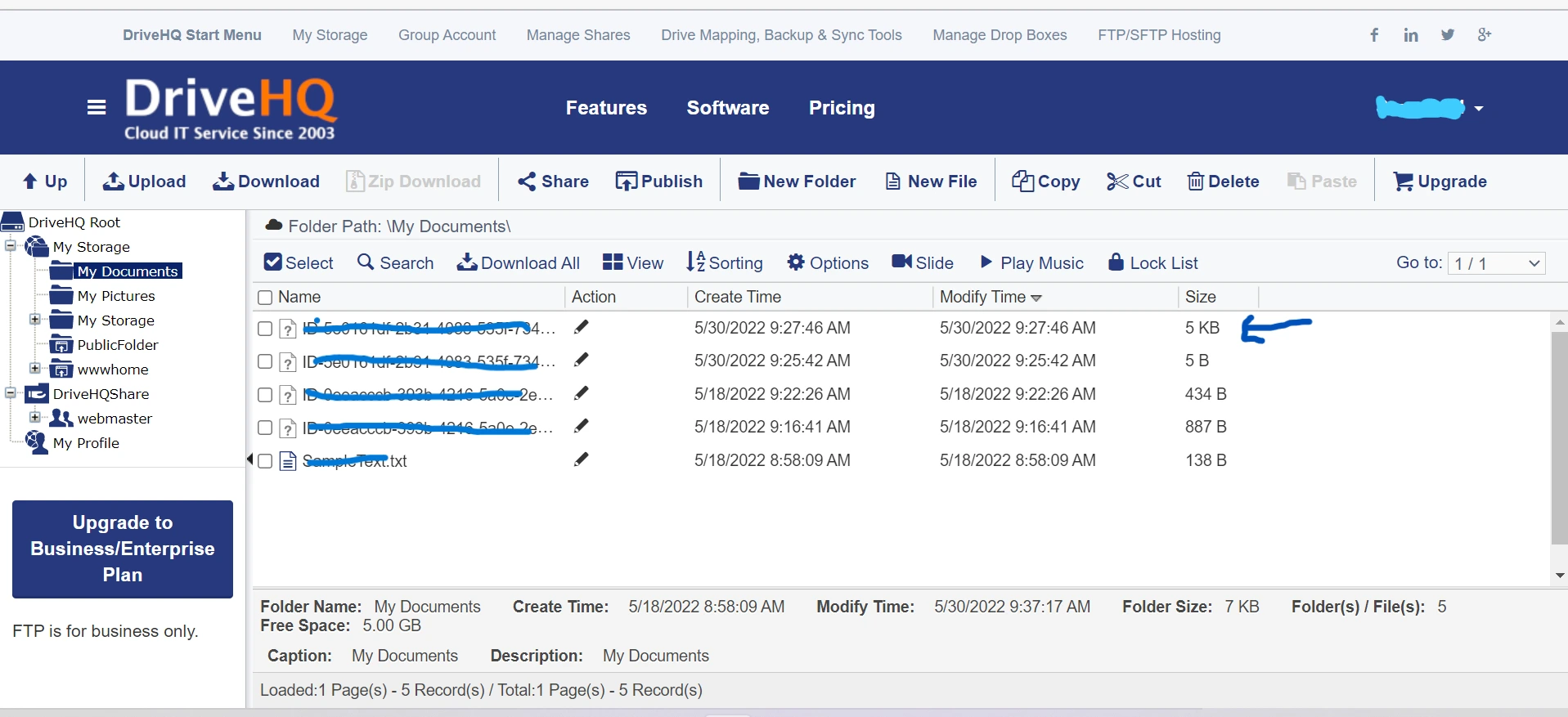Create an API in SAP API Management to upload file without using Postman
WRITTEN BY
This is my first blog post. For the past few months, I have been working on APIs as part of my work. An API is a software intermediary that allows two applications to talk to each other and also various policies can be applied to these APIs. I have created APIs in ‘Create in API designer’ component of SAP API Portal and tested various pre-packaged APIs to understand how they behave.
Introduction:
This blog post describes how to design API to upload file from your system to target system without using Postman. I have configured one iflow in SAP CPI with HTTPS on sender side and FTP adapter on receiver side. I have triggered that iflow from SAP API management to send file to target end point of iflow.
Prerequisites:
Access to SAP API Portal and SAP CPI (Cloud Platform Integration).
Host server url.
Target server url.
Steps to be followed to upload file.
Configure an iflow in SAP CPI with HTTPS on sender side and FTP adapter on receiver side. FTP adapter can be configured to send file to DriveHQ as it provides virtual FTP server to store files. Deploy the iflow and copy the end point.


Note: Keep the Post method end point same as CPI iflow end point and don’t add that end point in target server url, it will add Post method end point and trigger an iflow.


Conclusion: SAP API Management supports API-led integrations across various parties and systems. It’s very interesting and simple to design APIs in Create in Designer section in OpenAPI Specification 3.0.1. This API helps to send file from your system to target system without using Postman.

The Future is Agentic: SAP TechEd Bangalore 2025
SAP TechEd Bangalore 2025 showcased a powerful shift toward an agentic, AI-driven future. The event highlighted how a clean core, unified data fabric, and Agentic AI are becoming the foundation of the intelligent enterprise. Keynotes emphasized that AI is no longer an add-on but the new core of business transformation. Sindhu Gangadharan’s session reinforced India’s pivotal role as the strategic engine driving SAP’s global Business AI adoption and the next wave of enterprise innovation.

What a Connected Oil & Gas Digital Core Looks Like And Why It Matters
The oil and gas sector faces pressure to boost efficiency, safety, and sustainability amid volatile markets and strict regulations. Digital transformation brings intelligence, automation, and transparency across upstream, midstream, and downstream operations. With SAP oil and gas solutions, enterprises can integrate processes, data, and technologies to achieve operational excellence and make faster decisions. Incture accelerates this transformation through SAP BTP and Cherrywork applications that unify data across the energy value chain.

















































